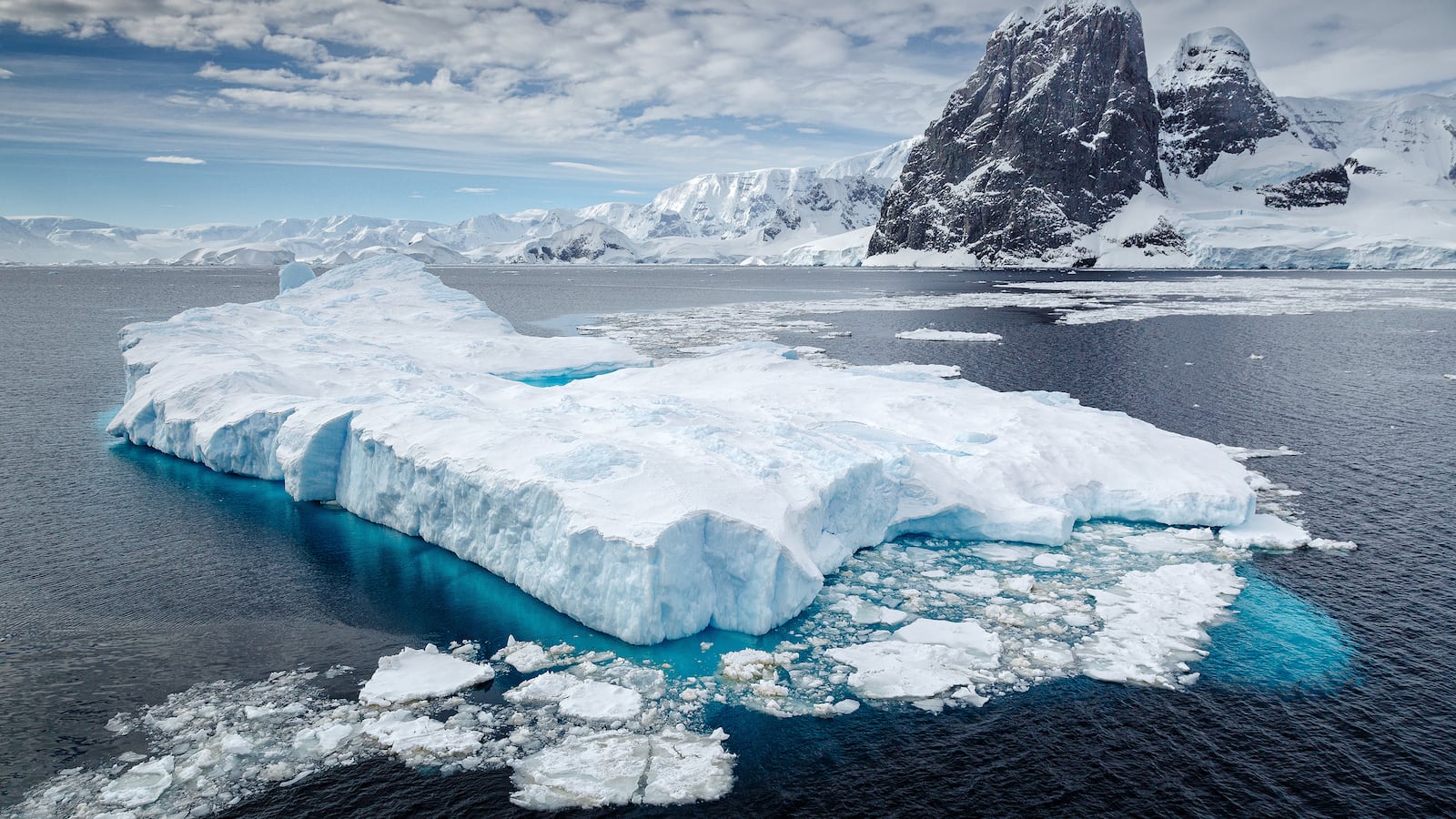Are you a fan of the 1995 film Waterworld starring Kevin Costner? Great news: There’s a distinct possibility that it’ll become a reality in the future if humanity can’t get its act together to prevent climate catastrophe!
In a new paper published August 10 in the journal Nature, a team of Australian scientists found that sea levels could rise a staggering five meters by the year 2500 if we fail to meet the goals set in the Paris Climate Agreement. Specifically, the ice melt would come from the East Antarctic Ice Sheet (EAIS), one of two massive ice sheets on the southernmost continent that scientists have ominously dubbed a “sleeping giant” due to its potential to wreak havoc on sea level rise.
The Paris Agreement’s goal is to limit global temperature rise to two degrees Celsius or below (ideally 1.5 degrees Celsius). If it rises any higher, things could get very dicey, very quickly.
“The EAIS is 10 times larger than West Antarctica and contains the equivalent of 52 meters (170.6 feet) of sea level,” Nerilie Abram, an earth scientist at Australia National University and co-author of the paper, said in a press release. In other words, the ice shelf has more than enough water to flood the world well into “Waterworld” territory if it completely melts.
“If temperatures rise above two degrees Celsius beyond 2100, sustained by high greenhouse gas emissions, then East Antarctica alone could contribute around one to three meters (three to 10 feet) to rising sea levels by 2300 and around two to five meters by 2500,” Abram explained.
There is some glimmer of hope, though. If we manage to keep global warming in check and meet the Paris Agreement targets, then the sleeping giant ice shelf is only expected to contribute less than half a meter of sea level rise by 2500. That’s not nothing, but it’s certainly a lot less than the 16 feet rise that would spell disaster to coastline communities and ecosystems across the globe.

An illustration showing regions of the Americas that would be completely flooded if sea levels rose by five meters.
ROWLEY ET AL. 2007The Inflation Reduction Act, which was passed on August 7, is also expected to be the largest investment by the U.S. in fighting global warming to date. With a $369 billion investment in clean energy, it’s slated to reduce U.S. greenhouse gas emissions by 40 percent below 2005 levels by 2030. By the end of the decade, emissions could be reduced by as much as 50 percent.
However, our timeline to accomplish this is shrinking faster than an ice cube under the summer sun. In fact, compounding issues related to climate change including sea level rise due to ice melt elsewhere and warming ocean waters are exponentially increasing the chances of the EAIS melting faster.
“We used to think East Antarctica was much less vulnerable to climate change, compared to the ice sheets in West Antarctica or Greenland, but we now know there are some areas of East Antarctica that are already showing signs of ice loss,” Abram said. “This means the fate of the world’s largest ice sheet very much remains in our hands.”






